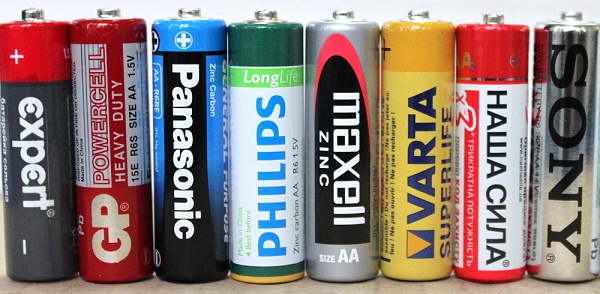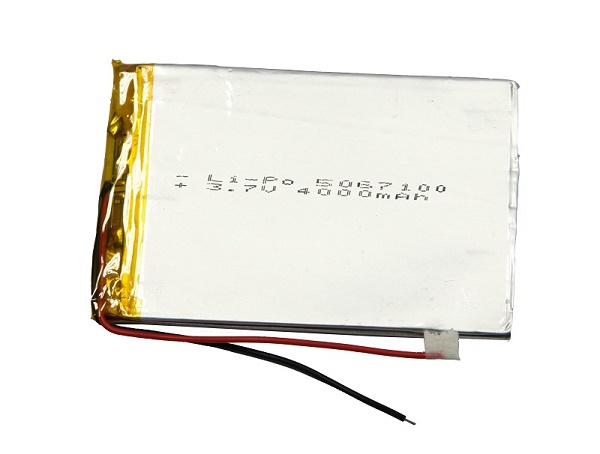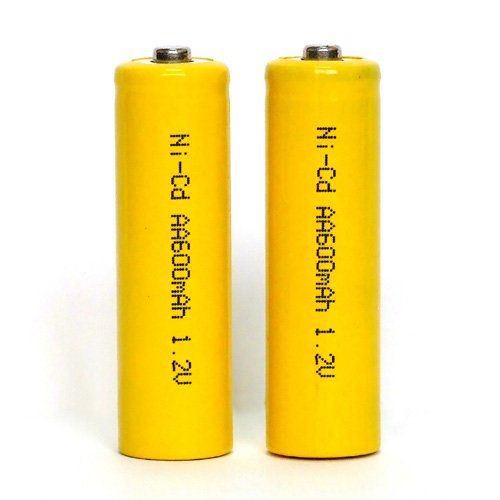Choosing batteries for the camera
Cameras are a technique that consumes a large amount of electricity during operation. Therefore, they need high-quality power sources. Such goods in the trade network are presented in the form of disposable galvanic batteries and reusable batteries. Batteries for the camera are selected based on certain parameters.
Information about the power of a particular camera can be found in passport data and in the user manual. It is also available on the type plate. Some models of cameras are equipped with power settings depending on what is installed in the compartment - batteries or rechargeable batteries. Basic knowledge of the applied power sources will help fans to shoot continuously and avoid a sudden shutdown of equipment.
Content
Features of power supplies
Cameras use batteries of two sizes: AA (finger) and AAA (mini finger or little finger), which are identical in technical characteristics. The photo below shows the batteries of different sizes.

Depending on the method of energy production, power sources for cameras are divided into 2 types: disposable batteries (galvanic) and rechargeable rechargeable batteries (AB).
Disposable batteries
Disposable batteries, depending on the composition and technical characteristics are divided into 3 types:
- alkaline (alkaline);
- saline;
- lithium.
Salt batteries It is not recommended to be used in cameras, as they are used for equipment that periodically turns on and consumes little electricity (for example, a flashlight). With such batteries, the camera will quickly stop working. Alkaline batteries, which are considered universal power sources, or lithium batteries are better suited to cameras. The latter type was specially developed by manufacturers for this purpose.However, at a cost they are more expensive than other types. You can distinguish them by the inscription on the case "Lithium". Also, some manufacturers label their products with the prefix "photo", which indicates the use in technology with a large amount of energy consumed.
The voltage of disposable elements is 1.2 ÷ 1.5 V, and the capacity is within 1500 ÷ 3000 mA / h.

Rechargeable batteries
If disposable batteries when they lose their working capacity (no more than 100 shots) simply change to new ones, then ABs can be recharged many times - this amount depends on the type and production technology. Here the number of shots can reach 600. Therefore, if the camera is used regularly, then a rechargeable battery and charging to it will be the best and most rewarding purchase.
Some types of ABs allow recharging up to 1500 times.
Rechargeable batteries vary in type, the material of which is made, voltage and capacity. By type they are:
- lithium ion (LilON);

- lithium polymer (LiPol);

- nickel metal hydride (Ni-MH), including modern ones with the abbreviation LSD NiMH;

- nickel-cadmium (Ni-Cd).

Each type has its pros and cons. So, to the pros lithium ion and lithium polymer AB carry a small weight and the fact that these batteries are able to maintain a charge for a long time. Of the minuses - the high cost, and they can not withstand a large number of recharges.
Nickel metal hydride ABs give high voltage, retain charge for a long time and have a long service life. The disadvantages include their large weight, high cost and the fact that they are quickly discharged when the ambient temperature fluctuates. In this respect nickel cadmium AB have more positive properties. They are cheap, light and work with temperature fluctuations. But they have 2 negative properties:
- discharged very quickly and even when not used for a long time;
- charging takes place only after full discharge.
Battery chargers must be selected based on the manufacturer of the battery or take a universal type. Be sure to pay attention to the type of connector and voltage.
Selection parameters and recommendations
To correctly select the battery for the camera, you need to pay attention to the following factors.
- Battery type and voltage. Indicated in the documentation for a specific camera.
- AB volume. Indicated on the case in mAh (mAh). The bigger it is, the longer the camera works.
- Working hours. To work with a camera equipped with a flash, it is recommended to use nickel - metal hydride elements.
- Ambient temperature. If this factor is not important, then it is recommended to use nickel-metal hydride AB, and if important - nickel-cadmium.
- Charger. Can be bundled with AB or purchased separately. In the latter case, you need to know that for nickel-cadmium batteries in such a device must be present a full discharge function.
The best option for buying a charger will be a product of the same company that released AB.
Top Battery Manufacturers
Buyers when choosing power sources for the camera do not pay attention to the battery manufacturer, and in vain. Users have long appreciated companies that can be proud of product quality, and have long been recognized throughout the world. The best batteries are the following companies:
- Duracell, Energizer (USA);
- Varta (Germany);
- Panasonic, Sony (Japan);
- GP (Hong Kong).
To sum up: a digital camera can work on an individual battery or finger batteries.In the first case, for long-term work, you must have spare power supply same company as the camera, in the second case it is better to buy two sets of batteries. This ensures that the owner of the digital technology will shoot without worrying about the power supply of the device.

/rating_off.png)











